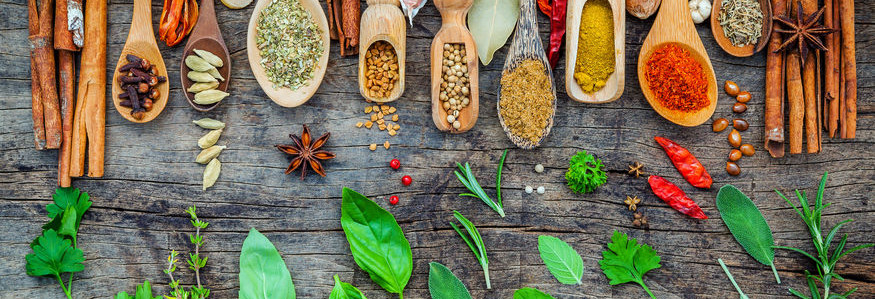
If your goal is to clean up your label, or at least make it as natural as your can, you’ll eventually run into replacing artificial flavors with natural ones.
While they may not get as much focus in clean label discussion as dough conditioners or emulsifiers, natural flavors are something that’s essential to get right. Customers may want a natural product, but they are expecting the same taste as before.
Why is flavor so important?
It has several functions in baked goods, such as:
- Taste: enhancing the innate taste of baked goods, masking undesirable tastes or adding unique tastes
- Aroma: provides a pleasant and appealing aroma
- Increase shelf life and stability: mainly with plant extracts that possess antimicrobial properties
Thankfully, there are natural flavors on the market that can deliver this for your baked goods.
Natural flavors are available in several forms:
- Oil-based
- Water-based
- Alcohol-based
- Powder
How can I bake with them?
In baked products, dry flavorings are best added to dry mixes for easy scaling and good distribution. In wet mixes, aqueous or lipid-based liquid flavors provide an easy disbursement and measuring.
Water or alcohol based flavoring may lose their impact during high temperature processing and baking. Therefore, stabilized powdered or encapsulated versions are often used. They also tend to have a longer shelf life and can be baked at higher temps. Oil based flavorings disperse best when mixed with the fat portion of a recipe.

